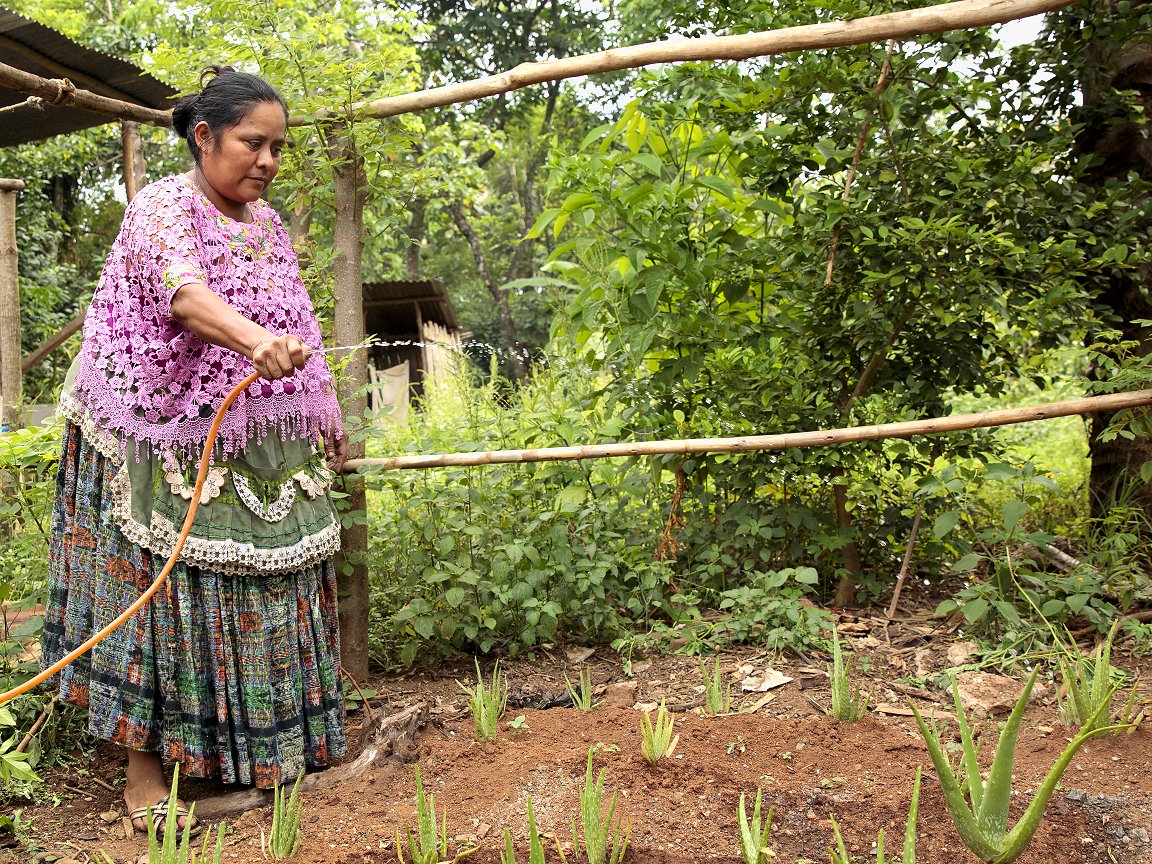
D&C Days: Five pathways to adaptation, resilience and action

by the Climate Centre
(The full key messages from this year’s Development and Climate Days were first published on the website of the International Institute for Environment and Development on Friday. They are summarized here from the original.)
During this year’s D&C Days, just over 800 policymakers, practitioners, academics, youth, grass-roots representatives and civil society activists debated topics on five themes: agriculture and food, early action, financing, cities, and nature-based solutions.
The role of agriculture – responsible for 34 per cent of greenhouse gas emissions – in accelerating climate change and impacting people and planet must be more clearly addressed.
Smallholder farmers, particularly in indigenous communities, are a huge part of the climate solution. Small-scale farmers, herders, fishers, forest-dwellers and food workers and their families are at the heart of food security and nutrition, custodians of precious ecosystems, and central to achieving sustainable development.
At the same time, the population of more than 2.5 billon people on small farms are often among the world’s poorest and most food insecure. More recognition and political, technical and financial support is needed.
Concurrently there must also be more efforts towards achieving climate justice, accountability, and financial investments, such as repurposing agricultural incentives for decarbonization and resilience.
There is a need to move beyond short-term responses
to long-term, resilience-building investments,
which include anticipatory action
The humanitarian system is response-oriented, yet risks are increasing and are not confined to the silos of humanitarian sectors. There is a need to move beyond short-term responses to long-term, resilience-building investments, which include anticipatory action.
Finance mechanisms support locally led adaptation, including through strengthening the institutions of countries most affected by climate change.
This necessitates tailoring projects to include analysis of conflict and risk, and working across conflict-climate silos.
Large-scale debt swaps for climate and nature could be a powerful tool to tackle the post-pandemic triple crisis of debt, climate change and biodiversity loss.
The mainstreaming of gender and climate in budget processes is a growing approach for effective action in both areas.
Private companies could offer a variety of support to farmers, including packages of agricultural services and technical expertise.
Many cities around the world are still unprepared for climate change, and fewer than 20 per cent with a population of more than one million have climate adaptation plans.
Collaboration between various urban stakeholders is key to delivering sustainable and effective climate resilience. This includes engagement between local governments and agencies, national officials, international agencies, and grass-roots networks.
The world’s greatest force for practical resilience –
local organizations working with nature –
needs support, not externally-designed ‘solutions’
Across the global South, low-income urban communities are both those worst affected by the impacts of a changing climate and are the first responders to climate crises. Ensuring that they have the agency, know-how and finances needed to build resilience to shocks and stresses is critical.
The clearest way to succeed in this area is for urban resilience and adaptation to be locally led.
Working with nature is critical to community resilience and needs to be scaled up. The value it brings to mitigating climate-related disasters, including floods and drought and related humanitarian crises such as forced migration and displacement, is overlooked.
Approaches to this include agroforestry, sustainable agriculture and land management. Green infrastructure solutions such as bio-dykes and wetlands stewardship can increase flood resilience.
The world’s greatest force for practical resilience – local organizations working with nature – needs support, not externally-designed ‘solutions’. Local organizational innovation works – we need to help spread it.
More policy ambition on nature is needed for both adaptation and mitigation.
There is a need for more public finance for local organizations working effectively with nature. The commitments already made by many governments at COP 26 to finance nature is a good first step, but funds must end up where they most matter – with the front-line organizations of indigenous peoples and local communities to further locally led action.
Manuela Caal Tot de Mac in the Guatemalan village of Aldea Campur tends to her aloe vera plants. She belongs to a women’s group that makes organic shampoo using ingredients readily available locally. The women have been helped to produce and market shampoo in different varieties, such as aloe, cacao, avocado and honey, by the Joint Programme on Accelerating Progress towards the Economic Empowerment of Rural Women by FAO, WFP, IFAD and UN Women. (Library photo: Ryan Brown/UN Women via IIED)